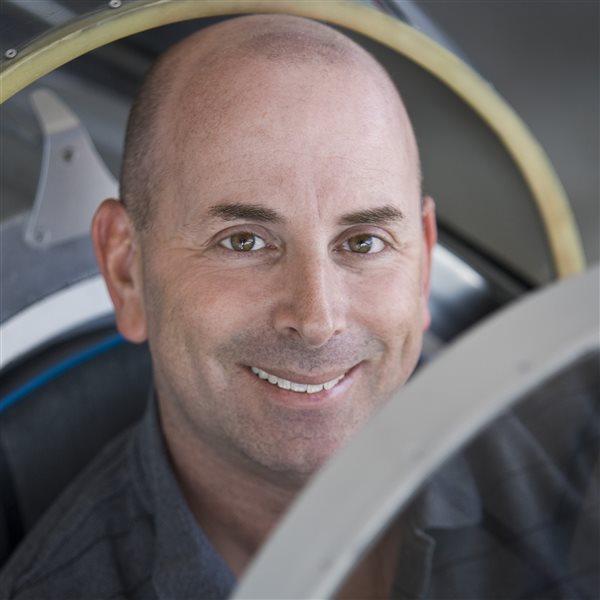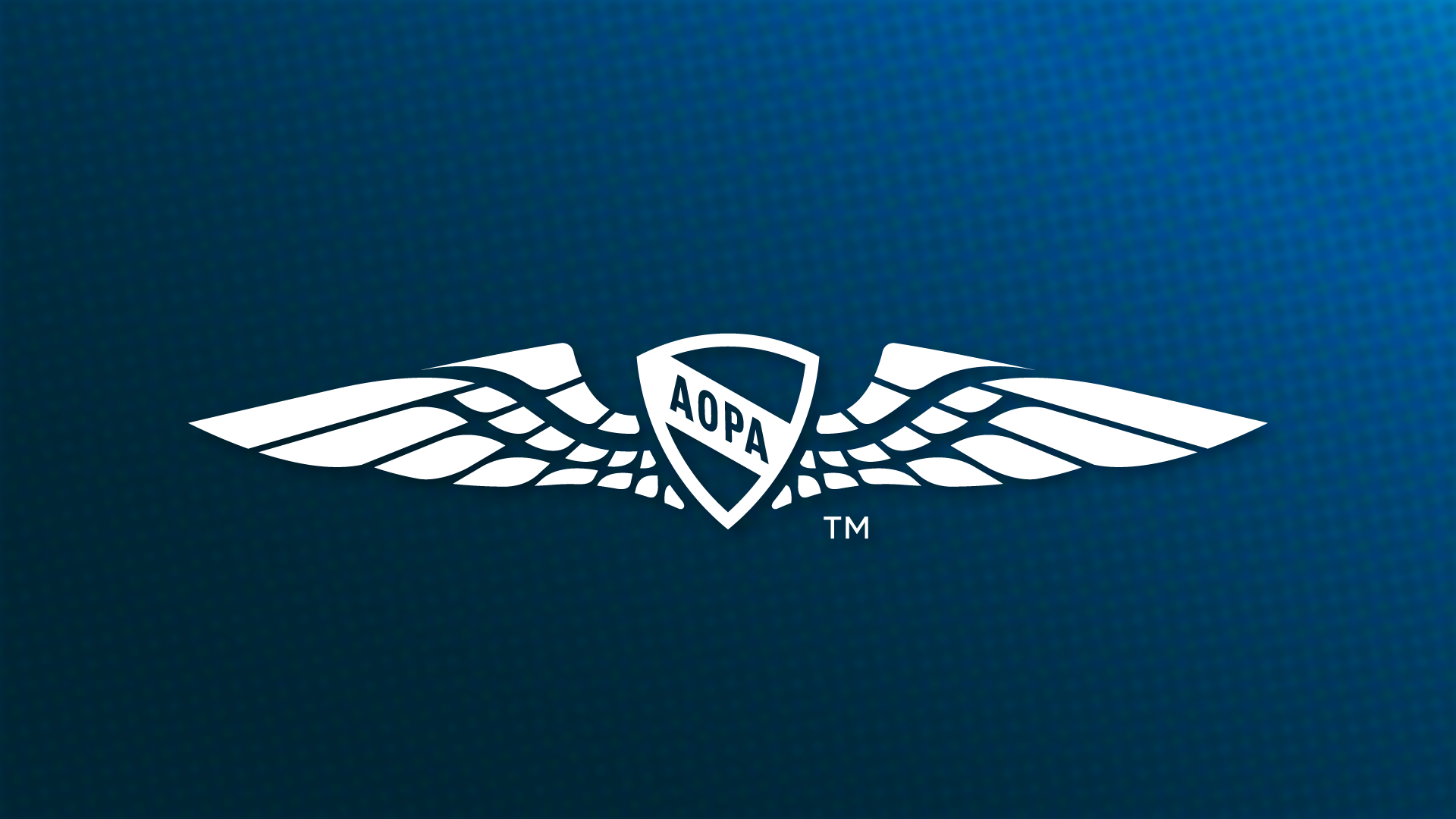A Cheyenne workout
Checkout in a ‘value’ turboprop

About one mile and 1,500 feet above the threshold of Runway 3 at Hammonton Municipal Airport (N81) in New Jersey, Kirkland admits the seemingly obvious and says the airplane is too high to land. The landing gear is down, and approach flaps are extended, but the 3,600-foot runway has disappeared beneath the airplane’s long nose.
Pinto ignores Kirkland’s admission with studied nonchalance and keeps flying straight and level. Then, about a half mile from the threshold, Pinto pulls both power levers to idle, pitches the nose down about 15 degrees, and extends full flaps. Terrain proximity warnings howl as the airplane plunges at 130 KIAS.
“Repeat after me,” Pinto says calmly as the Cheyenne drops. “If you think you’re too high, you’re not high enough. See what I mean?”
Pinto flares in ground effect, plants the main tires firmly, then slams the power levers to reverse and brings the airplane to a stop with about 800 feet of runway remaining. “Remember this and it’ll keep you out of trouble if you ever have to make a single-engine approach,” Pinto says. “Speed is life.”

Game over
Kirkland, 62, a corporate jet pilot and former U.S. Marine aviator, has taken on the challenge of stepping back in time and technology by learning this 1978 Piper Cheyenne I, a PA–31T, that he’ll fly under Part 91 for a private owner.
The Cheyenne I is a poster child for an eclectic and out-of-favor category of mostly twin turboprops that appeal to “value” buyers—if such an adjective can ever realistically describe turbine aircraft ownership. Similar to Mitsubishi MU–2s, Merlins, Conquests, and some early King Airs, the Cheyenne offers superior speed, range, and payload than just about any piston airplane and at a compellingly low acquisition price.
A well-cared-for Cheyenne, for example, can be bought for about $500,000, or less than half the price of a new top-of-the-line single-engine Cirrus SR22T, or an even smaller fraction of a single-engine turboprop. And while a 40-something Cheyenne is far from new, it offers twin turbine reliability, pressurization, 230 or more knots of true airspeed, and extraordinary carrying capacity.
The unknowable wildcards in the legacy turbine game are future maintenance costs and spare parts availability. For some models, a path forward for future avionics upgrades is also a question mark. For avionics firms and restoration shops, the high cost of obtaining FAA approval through the supplemental type certificate process is a strong disincentive to seek them when the potential number of installations is small and getting smaller.
 Other known drawbacks in this category are high operating costs and steep insurance requirements. A Cheyenne typically consumes between 60 and 80 gallons of jet fuel per flight hour, and it requires an initial checkout (minimum 16 hours ground and four hours of flight instruction) and annual recurrency signoffs with an underwriter-approved instructor like Pinto, owner of Star Aero in New Jersey.
Other known drawbacks in this category are high operating costs and steep insurance requirements. A Cheyenne typically consumes between 60 and 80 gallons of jet fuel per flight hour, and it requires an initial checkout (minimum 16 hours ground and four hours of flight instruction) and annual recurrency signoffs with an underwriter-approved instructor like Pinto, owner of Star Aero in New Jersey.
Pinto knows Cheyennes inside and out from decades of both flying and maintaining them, and his insights are meant to help owners fly safely and avoid insurance claims. Whether the pilot seeking the sign-off has a fresh multiengine rating or is an experienced and professionally trained pilot like Kirkland, Pinto’s emphasis is unwavering. Avoid the nearly always fatal VMC roll, even at the risk of approaching too fast and damaging the airframe.
Pinto has a nightmarish video library full of multiengine snuff films that’s required to be viewed by all students. It consists entirely of pilots losing control of multiengine aircraft at low altitude and crashing. The setup for every fireball is usually the same. An airplane is making a single-engine approach when the pilot extends landing gear and flaps. Then the airplane settles, and the pilot reacts by adding power to the operating engine. Asymmetric thrust causes the airplane to roll toward the failed engine and the
airplane hits the ground inverted and out of control.
“That’s especially easy to do in a twin turboprop like a Cheyenne,” he says. “Each engine is rated at 500 horsepower. But when the pilot panics and adds full power, it’ll put out about 750 horsepower and then all bets are off. Minimum controllable airspeed jumps from about 105 knots to 130 or more. It’s game over.”
Ground school covers the airplane’s many eccentricities. Here are a few that might also apply to other legacy aircraft.
• Don’t ever touch the pressurization knob or it’ll hurt your eardrums. Make adjustments with the outer dial and the “ascend” and “descend” switches.
• Leave the environmental system in auto unless it fails. Then go to manual.
• Be present to supervise the fueling process so the nacelle tanks get filled before the tip tanks. If the tips are filled first, fuelers will get doused with kerosene when they open the nacelle caps.
• If you fail to supervise the fueling and they pump avgas in the tanks, the engines will run just fine and barely notice.
• Top the nacelles and the airplane will have 2,000 pounds of fuel on board and you can fill the cabin with people and stuff. Full fuel requires light passenger loads and careful weight and balance calculations.
• The airplane carries a total 396 gallons of fuel—about 30 gallons more than the manual specifies.
• Push the power levers all the way to the torque red line for takeoff, and don’t leave any available power behind.
• Stay off the brakes during the takeoff run because every brake application adds 150 feet to the ground roll.
• If you see red dye on the four-blade propeller hubs, ground the airplane. It means a prop hub failure could be imminent.
• If there’s smoke in the cabin, turn off the electrical master switch immediately. Don’t even make a radio call because the fire can spread so quickly.
• If one of the airplane’s two generators shows too much voltage, assume the gauge is telling the truth and turn that generator off. The second generator is enough to get home.
• Old electronics give false warnings. But if you don’t get three green gear-down lights, assume the landing gear is unlocked.
• STC stands for supplemental “trouble” certificate. Some modifications create more problems than they solve.
• When starting the engines, don’t add fuel until the turbine is spinning as fast as you can make it go.
• Gravity is the greatest propulsion system on Earth.


Flying the Cheyenne feels like weightlifting. An internal spring makes the elevator unbelievably heavy on the ground. A long taxi with lots of turns requires enough force to wear out your thighs, quads, and calves. Shifting the power levers into reverse takes lots of lifting and pulling.
Conceptually, even though it’s a turboprop, veteran Cheyenne pilots advise treating it like a big piston twin.
If an engine fails, the prop goes to flat pitch and creates massive drag. It doesn’t automatically feather like other turboprops. So, if an engine fails during or a few seconds after rotation, it may be wise to pull both engines to idle and land straight ahead—even if that means going off the end of the runway.
Steve Lefferts, a veteran Cheyenne pilot and owner, says in his pretakeoff briefings that he isn’t committed to flying until the landing gear is up and the airplane has accelerated well beyond blueline (or best single-engine climb speed).
“I accelerate to 140 knots as quickly as possible because the airplane is thoroughly manageable at that speed on one engine,” he said. “It only takes a few seconds after the wheels are in the well to reach that speed, and the rate of climb is typically about 1,500 feet per minute even though it’s well above the best-rate-of-climb speed.”
Pinto advises an even faster climb speed of 160 knots, and that typically nets a 1,000-foot-per-minute climb rate.
Contrarians at heart
Pilots and owners who love value turbines seem to have these traits in common:
• They’re advocates for multiengine aircraft and are deeply suspicious of singles.
• They’re actively involved in maintenance and resourceful at finding parts and expertise.
• They’re contrarians at heart who take pride in disregarding conventional wisdom.
After three days of training, Kirkland was approved to fly the Cheyenne as pilot in command. The week after training, he said he was quickly adjusting to the airplane’s quirks and finding workarounds. A Garmin GNS 530/430 provides the navigation, and Kirkland uses Flight Stream 210 to transfer complex flight plans to the boxes from an iPad without having to enter each waypoint manually.
A digital standby attitude indicator backs up the mechanical gyro, but the mechanical unit has performed flawlessly. The Century autopilot works well as long as the pilot remembers to take the extra step of arming each selected altitude.
“The main adjustment for me is that the airplane is just heavy on the controls, and I’m not used to flying airplanes that need to be manhandled,” says Kirkland, who also flies a Dassault Falcon 50.
“I’ve found the whole experience of learning the nuances of the Cheyenne and flying it quite satisfying, though,” he said. “It’s physical and mental workout. You feel at the end of the day like you’ve accomplished something, and I really like that aspect of it.” 



